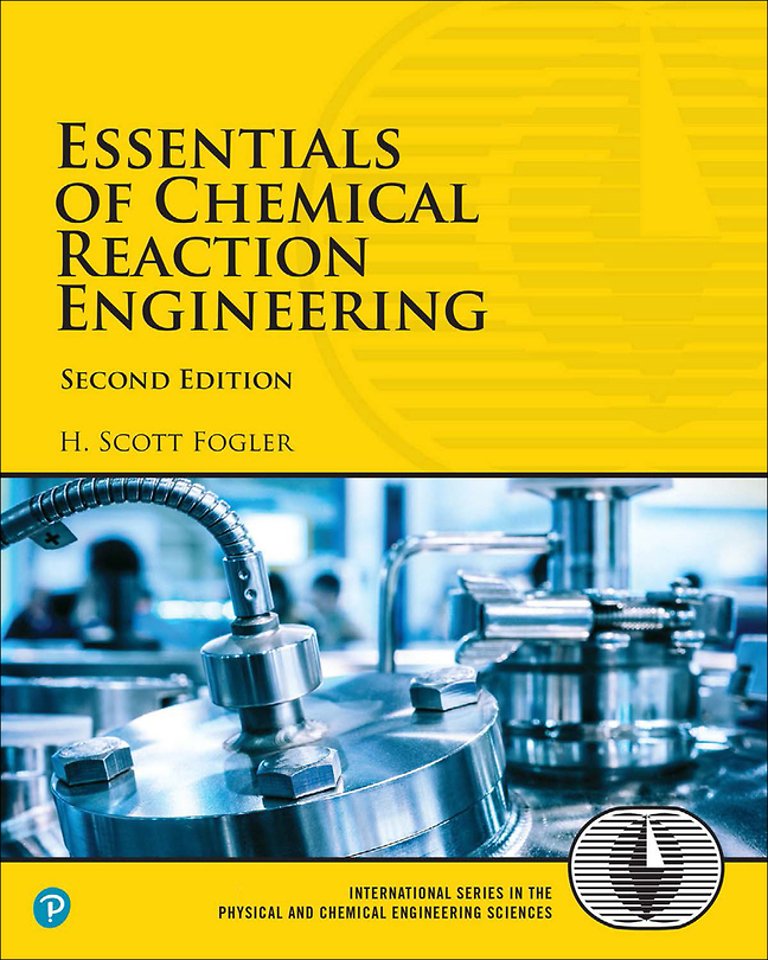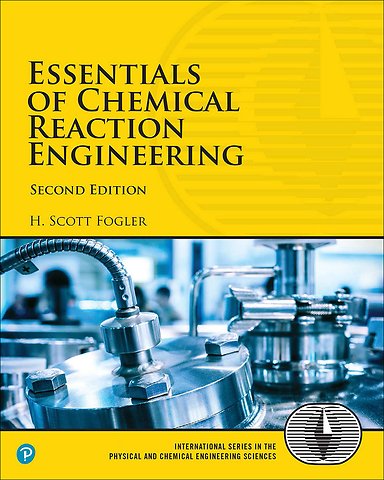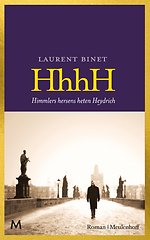Essentials of Chemical Reaction Engineering
Samenvatting
Today’s Definitive, Undergraduate-Level Introduction to Chemical Reaction Engineering Problem-Solving
For 30 years, H. Scott Fogler’s Elements of Chemical Reaction Engineering has been the #1 selling text for courses in chemical reaction engineering. Now, in Essentials of Chemical Reaction Engineering, Second Edition, Fogler has distilled this classic into a modern, introductory-level guide specifically for undergraduates. This is the ideal resource for today’s students: learners who demand instantaneous access to information and want to enjoy learning as they deepen their critical thinking and creative problem-solving skills. Fogler successfully integrates text, visuals, and computer simulations, and links theory to practice through many relevant examples.
This updated edition covers mole balances, conversion and reactor sizing, rate laws and stoichiometry, isothermal reactor design, rate data collection/analysis, multiple reactions, reaction mechanisms, pathways, bioreactions and bioreactors, catalysis, catalytic reactors, nonisothermal reactor designs, and more. Its multiple improvements include a new discussion of activation energy and a significantly revamped chapter on heat effects.
To promote the transfer of key skills to real-life settings, Fogler presents three styles of problems:
-Straightforward problems that reinforce the principles of chemical reaction engineering
-Living Example Problems (LEPs) that allow students to rapidly explore the issues and look for optimal solutions
-Open-ended problems that encourage students to practice creative problem-solving skills
About the Web Site
The companion Web site offers extensive enrichment opportunities and additional content, including
-Complete PowerPoint slides for lecture notes for chemical reaction engineering classes.
-Links to additional software, including POLYMATH, MATLAB, Wolfram Mathematica, AspenTech, and COMSOL.
-Interactive learning resources linked to each chapter, including Learning Objectives, Summary Notes, Web Modules, Interactive Computer Games, Solved Problems, FAQs, additional homework problems, and links to Learncheme.
-Living Example Problems that provide more than 60 interactive simulations, allowing students to explore the examples and ask “what-if” questions.
-Professional Reference Shelf, containing advanced content on reactors, weighted least squares, experimental planning, laboratory reactors, pharmacokinetics, wire gauze reactors, trickle bed reactors, fluidized bed reactors, CVD boat reactors, detailed explanations of key derivations, and more.
-Problem-solving strategies and insights on creative and critical thinking.
Specificaties
Inhoudsopgave
Preface
About the Author
 
Chapter 1: Mole Balances
Chapter 2: Conversion and Reactor Sizing
Chapter 3: Rate Laws
Chapter 4: Stoichiometry
Chapter 5: Isothermal Reactor Design: Conversion
Chapter 6: Isothermal Reactor Design: Moles and Molar Flow Rates
Chapter 7: Collection and Analysis of Rate Data
Chapter 8: Multiple Reactions
Chapter 9: Reaction Mechanisms, Pathways, Bioreactions, and Bioreactors
Chapter 10: Catalysis and Catalytic Reactors
Chapter 11: Nonisothermal Reactor Design—The Steady-State Energy Balance and Adiabatic PFR Applications
Chapter 12: Steady-State Nonisothermal Reactor Design—Flow Reactors with Heat Exchange
Chapter 13: Unsteady-State Nonisothermal Reactor Design
 
Appendix A: Numerical Techniques
Appendix B: Ideal Gas Constant and Conversion Factors
Appendix C: Thermodynamic Relationships Involving the Equilibrium Constant
Appendix D: Software Packages
Appendix E: Rate Law Data
Appendix F: Nomenclature
Appendix G: Open-Ended Problems
Appendix H: Use of Computational Chemistry Software Packages
Appendix I: How to Use the CRE Web Resources
 
Index









